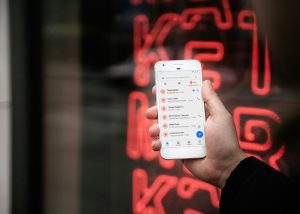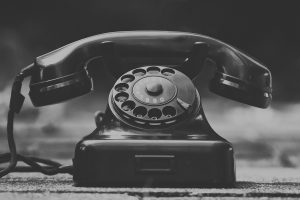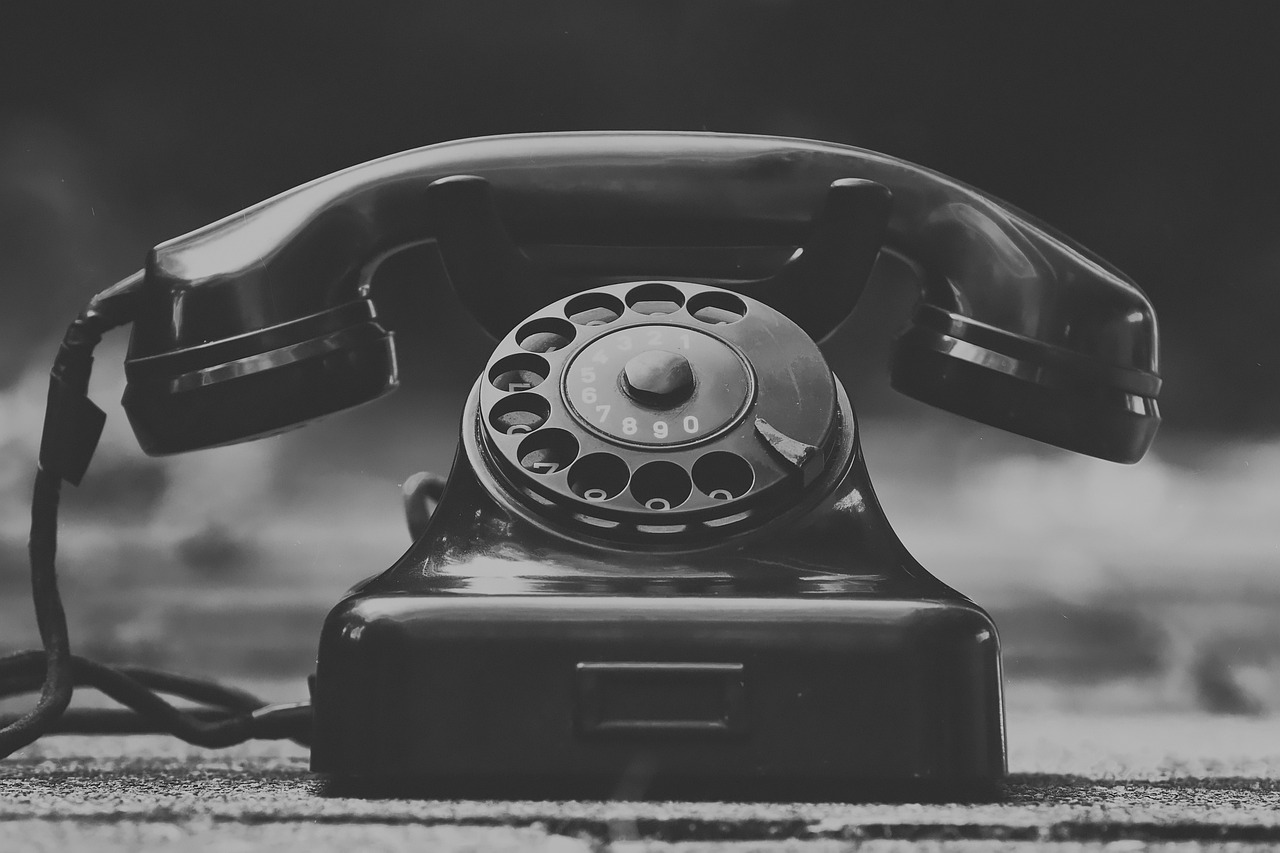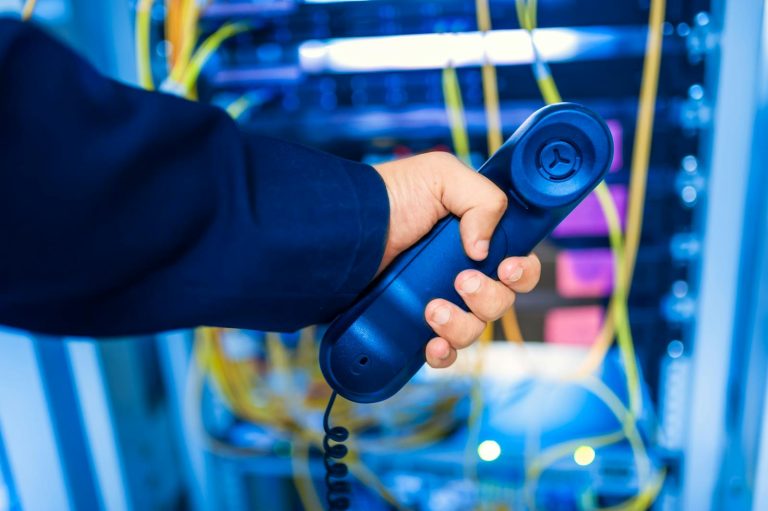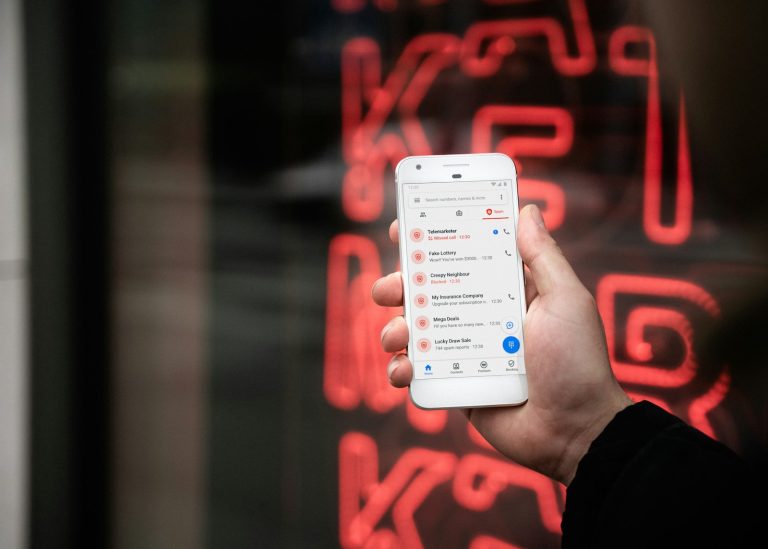Area codes are a crucial part of the UK’s telephone and postal service, helping to identify different regions around the country. Most people use these codes without thinking twice, but there are many interesting details about their origins and how they function. In this article, we will explore ten little-known facts about area codes in the United Kingdom.
1. The Birth of Postcodes
Postcodes first appeared in Croydon on May 1, 1967. They were developed to make mail sorting easier throughout the country. The first codes, like “CRO” for central Croydon, eventually expanded into a more standardized format where there are three characters following a space (for example, “0AA”). It took a while before this system was fully set up across the UK.
2. How Telephone Area Codes Developed
Originally, telephone area codes were related to how many calls were made in an area. They used letters from city names paired with the numbers on a rotary dial. For example, Birmingham’s code was “021” since the letter ‘B,’ representing Birmingham, corresponds to ‘2’ on these older phone dials. This numbering system emerged during the 1950s when Subscriber Trunk Dialling first began.
3. Changes Made on PhONEday
On April 16, 1995, known as “PhONEday,” a significant change occurred where all geographic area codes had ‘1’ added to the start. This meant that an older number like London’s “071” changed to “0171.” The adjustments were needed to accommodate the growing number of phone subscribers.
4. Old-School Use of Letters
In times before the all-digital dial system became standard, telephone numbers would often include letters. These letters highlighted the name of a town or city and matched numbers on a rotary dial—ABC represented ‘2’, DEF meant ‘3’, and so forth. As technology progressed, this practice gradually disappeared.
5. Vehicle Registration and Area Codes
Vehicle registration plates feature local area codes, or memory tags, indicating where the car was officially registered. This means the area code tells you where the vehicle is from, even if it’s not currently in that region.
6. Newport’s Unique Postcode History
In Newport, Gwent, they initially used “NPT” as part of the postcode system for main areas, while the surrounding regions had codes like NP1-NP81. Nevertheless, they changed it to NP9 in December 1984 to better align with how the postal codes were structured.
7. Girobank’s Special Code
Girobank had a unique postcode that was fully alphabetical: GIR 0AA. While this code no longer exists in the Royal Mail archives—often due to ownership changes (Girobank is now part of Santander)—it stands as an interesting part of postal code history.
8. Channel Islands’ Area Codes
Jersey has its own special phone code, “01534,” despite being close to mainland UK. Similarly, other nearby islands like Guernsey have their distinct codes, for example, “01481.”
9. The Role of Area Codes in Business Communication
Area codes can greatly influence business communication by giving context that changes customer perspectives about a company’s location. For instance, a business situated outside London but using a central London area code might seem more prominent or reliable. On the other hand, companies using local codes can build trust within the communities familiar with those regions.
Example in Business Strategy
A startup considering Manchester’s “0161” code could have varied effects on client interaction compared to taking a code from closer areas. The perception of proximity can significantly impact how clients engage with the business.
10. Future Changes in Communication
As technology continues to evolve—especially with the rise of internet-based calling services (VoIP)—the close relationship between area codes and specific geographical locations may start to fade. This evolution could lead to different discussions regarding how and where area codes will be utilized in the future.
Conclusion
From historical origins like Newport’s odd initial use of codes to the intriguing specifics behind a postal system born out of necessity, the aspect of area codes—both geographic and numeric—intertwines deeply with British life and culture. Behind something as simple as a number lies a much richer story, connecting history, technology, and even business practices. If you’re keen on understanding this complexity within postal services, vehicle registration, or more, there’s a lot more to uncover than merely looking at the codes themselves!


